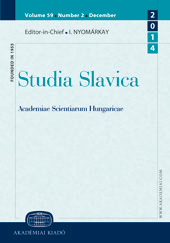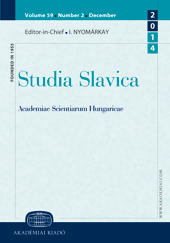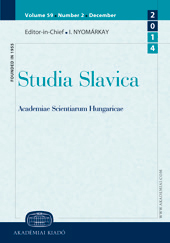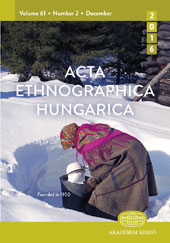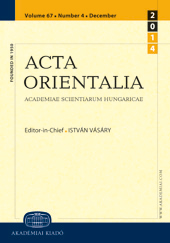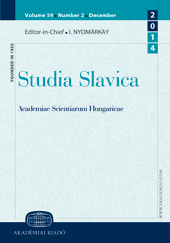
Leksika s pomenskega polja »gospodarska poslopja, kmečko dvorišče in kmečka opravila« v vzhodnem slovenskogoriškem podnarečju
In this paper, the author analyzes lexical items defined by a questionnaire of the Slovene Linguistic Atlas (SLA) and used for outbuildings, farmyard as well as farm chores in the eastern Slovenske gorice sub-dialect, which belongs to the Pannonian dialectal group. In the SLA questionnaire, the above-mentioned lexical items are gathered in no less than seven sections, including the questionnaire’s grammar part. For that reason, the Dialectological Section of the Fran Ramovš Institute of the Slovenian Language ZRC SAZU divided the lexical items into meaningful parts, namely, “outbuildings and farmyard”, “farm chores”, and “other”. The data collected from six local dialects (only two are included into the research points’ network for SLA) show that in the eastern Slovenske gorice sub-dialect, eighty-six lexemes are used for the items analyzed in the article. Two thirds of the lexemes are of Slavonic origin and hardly one third was overtaken from neighbouring Germanic (84%) and Romance (15%) languages in different periods. The dialectal vocabulary of Slovenske gorice sub-dialect analyzed in the paper is almost forgotten by the middle-aged and younger generations, so the research is a tiny but important contribution to the preservation of the Slovene linguistic cultural heritage.
More...
